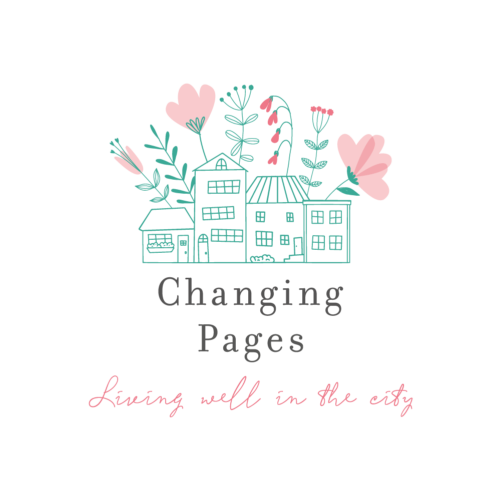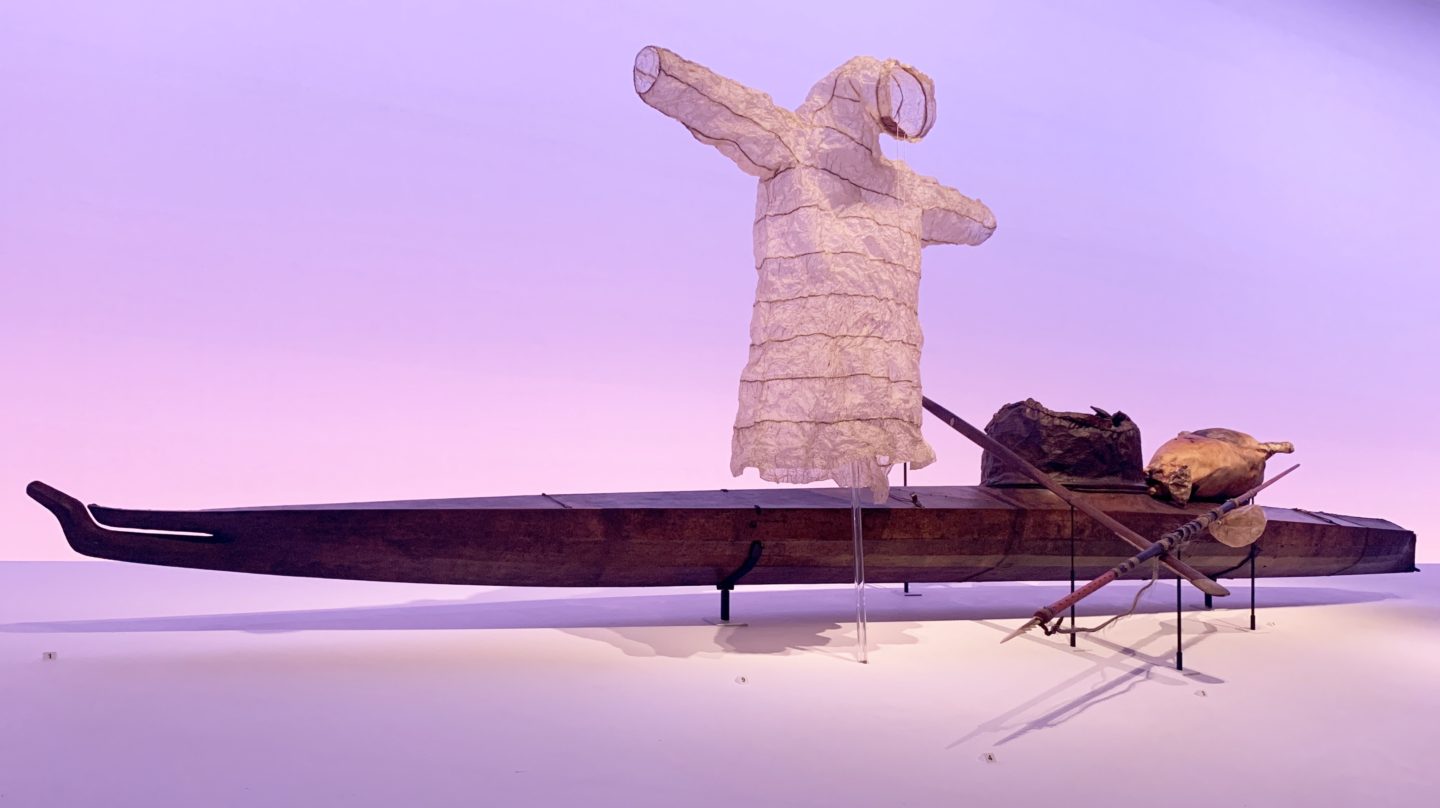Museums and Galleries may be temporarily closed again in England but that is no reason to not start planning all those lovely exhibitions you might want to visit when they reopen. If there was one exhibition I would recommend for the winter months, its this one. Arctic, Culture and Climate at The British Museum is made for cold winter days and short dark nights. It is also made for a time when concern for the environment has perhaps never been greater.
“We must establish a life on our planet in balance with nature” – David Attenborough
I have always had a fascination with both The Antarctic and The Arctic. I am been drawn to the great expanse of snow and ice, and the strength of character and spirit it takes to explore and live in these inhospitable lands. I once spent a few cold days at the end of December just above the Arctic Circle in Norway. The sight of sleek black and white Orca whales migrating and the northern lights exploding like fireworks in the sky on New Years Eve is one I will never forget.
One of the great joys of travel is becoming educated about cultures, climates, and life in other places. For all of us, travel has been severely curtailed this year, and who knows, perhaps we will never travel in the same way again. Maybe a consequence of this is the importance of exhibitions such as Arctic, Culture and Climate. We have been gifted this wonderful planet full of diversity of both nature and humankind. We are caretakers of it, and as caretakers it is our responsibility to do all we can to understand it, to nurture it and to care for everything and everyone which inhabits it. This carefully curated exhibition is testament to the importance of that.
Today, four million people live in the Arctic. They are spread across the eight countries with territory in the Arctic: Russia, USA, Canada, Denmark/Greenland, Iceland, Norway, Sweden and Finland. Only 10% (400,000) of those Arctic inhabitants are indigenous to the region, belonging to one or more of the 40 different cultural groups.
The Exhibition
The exhibition has been developed in collaboration with Arctic communities. It sets out to show the creativity and resourcefulness of indigenous people and the ingenuity and resilience of Arctic peoples through history. Stories of how these people have developed respectful relationships with the weather and climate to live and thrive is shown through an interactive experience and displays. The emphasis is on the dramatic effects of changing weather patterns and climate changes, and the pressure and new challenges an established way of life is facing.
On the floor as you enter, is a large map showing how the north pole is vanishing beneath your feet. The music in the background is of the weather. Winds and eerie laments, the cracking of ice and the sound of dogs. This adds to the authentic feel of the exhibition.
Along the length of the exhibition is a white stage on which sit wooden boats and and sledges. Back lit so there is no distinction between land and sky. This gives a vision of what it might be like to live in a white world. It is not so much Narnia, as it is an infinite hinterland. There are images of the people who live and work and exist there. Perhaps most striking the is the one of the woman in Alaska, preparing muktuk (frozen whale skin and blubber) for the village’s Thanksgiving Day feast.
Throughout the exhibition clothes feature significantly. Not surprisingly in a land covered in ice and snow with extreme temperatures which can commonly dip as low as -40° C ,clothes are important!
In making clothes, nothing is wasted. The arctic peoples use every piece of an animal available to them to make coats and boots and inner garments. Fur lined boots are made from beaver fur and caribou hide. The soles are made from moose hide which has been smoked over a fire to create a soft velvety leather. Parkers are trimmed with wolverine fur, which doesn’t freeze against the face as it doesn’t absorb moisture. But most unexpected for me anyway, was the use of seal gut to create waterproofs, which help the wearer stay dry when kayaking or fishing.
The stories of the peoples who make up these communities is brought to life through images, paintings and objects. And it is of course the stories which make it so real.
The Arctic and Climate Change
The exhibition shows clearly how the effects of rising global temperatures is causing arctic communities real and daily challenges. Sea levels are rising, coast lines are being eroded and sea ice is being lost. For communities dependent on the sea and the land for food, fuel, work and clothing, and for their survival, this is worrying. The communities are approaching this in the way they approach life. They are coming together. Indigenous Arctic organisations are working with researchers, and national and international agencies, to find solutions.
I came away from The British Museum mulling over the lives of those who not only live but thrive in a land where life is hard and the weather brutal. The ingenuity and resourcefulness of the people of the arctic was a lesson in the necessity to not only protect our planet, but to use what it has gifted us with responsibly and thankfully.
Although the exhibition remains closed, there are lots of interesting blog articles and other bits and pieces on the British Museum website. If you are even only vaguely interested in life in the frozen north and preserving our beautiful planet then I recommend a browse.









Wow! I found this so interesting Angie. Such a different world from ours!
Must try to get to see the exhibition when it reopens xxx
Author
Its really interesting Margaret. They boys may enjoy it too.
The perfect read on a bright, frosty morning. Thanks Angie xx
Author
Thank you so much. The exhibition transported me to a white and frosty world when I visited.